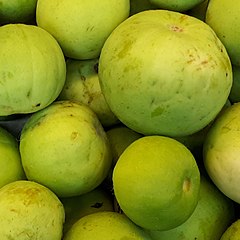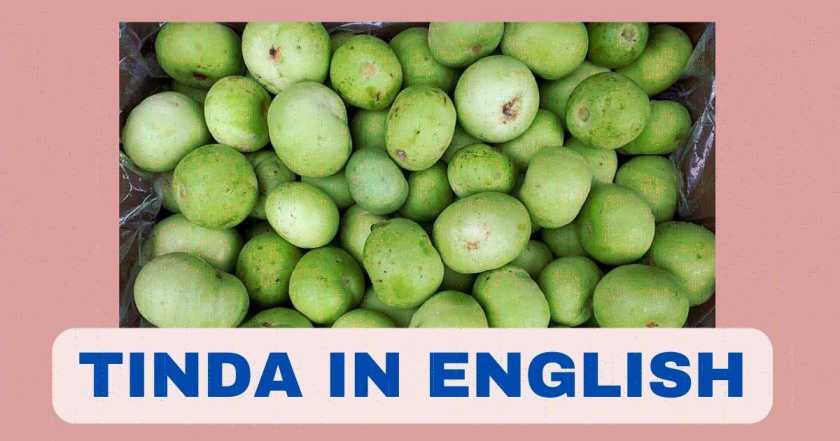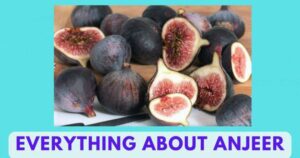Tinda in English
- English name of Tinda vegetable is “apple gourd”
- Other names are “Indian round gourd”, “Indian baby pumpkin”, “Indian baby pumpkin”
BUY TINDA SEEDS ONLINE

Tinda Vegetable
Tinda, also known as “Indian round gourd” or “apple gourd,” is a small green vegetable that belongs to the gourd family, Cucurbitaceae. It’s commonly cultivated and consumed in various parts of India and neighboring countries. Tinda gets its name from its round shape, which resembles an apple.
The vegetable has a mild and slightly sweet flavor, and its tender flesh is often used in cooking to make curries, stir-fries, and stews. Tinda can be stuffed, sautéed, or added to other dishes, and it readily absorbs the flavors of the spices and seasonings it’s cooked with. It’s a popular ingredient in vegetarian Indian cuisine and is appreciated for its versatility and ability to complement a variety of other ingredients.
Tinda is considered a nutritious vegetable, containing vitamins, minerals, and dietary fiber. It’s often included in diets for its potential health benefits. However, it’s worth noting that individual preferences and availability may vary, so while Tinda is popular in some regions, it might not be as well-known in others.
Preparation and Culinary Uses
Tinda can be prepared in various ways, depending on regional culinary traditions. Some common methods of preparing Tinda include:
- Stuffed Tinda: Tinda can be hollowed out and stuffed with a flavorful mixture of spices, herbs, and sometimes other vegetables or paneer (Indian cheese). Stuffed Tinda is then cooked until tender.
- Tinda Curry: Tinda is often used to make curries with a tomato-based sauce. It’s cooked with spices and sometimes other vegetables to create a delicious and hearty dish.
- Tinda Sabzi (Stir-Fry): Tinda is sliced or diced and sautéed with onions, tomatoes, and various spices to make a simple and flavorful stir-fry.
- Tinda Soup: Tinda can also be used to make soups, especially in combination with other vegetables and spices.
Nutritional Value
Tinda is low in calories and rich in water content, making it a good choice for those looking to include more vegetables in their diet. It contains dietary fiber, which can aid in digestion. Additionally, it provides some vitamins and minerals, such as vitamin C and potassium.
Cultural Significance
Tinda is an important ingredient in Indian cuisine, where it’s enjoyed by people of various cultural backgrounds. It’s especially popular in North Indian and Pakistani cuisine. Tinda’s versatility allows it to be integrated into both everyday meals and special occasions.
Availability
Tinda is typically in season during the summer and monsoon months in India, which is when it’s most readily available and at its freshest. However, thanks to modern agricultural practices and transportation, Tinda might also be found in markets during other times of the year.
Health Benefits of Tinda
Here are some potential health benefits of Tinda vegetable.
- Low in calories: Tinda is a low-calorie vegetable, making it suitable for weight management and calorie-conscious diets.
- Dietary fiber: It contains dietary fiber, which supports healthy digestion, helps prevent constipation, and promotes a feeling of fullness.
- Vitamins: Tinda provides vitamins like vitamin C, which is important for immune system function and skin health.
- Minerals: The vegetable contains minerals like potassium, which is essential for maintaining proper fluid balance and supporting heart health.
- Hydration: With its high water content, Tinda contributes to overall hydration.
- Antioxidants: Tinda may contain antioxidants that help protect cells from damage and promote overall health.
- Nutrient diversity: Including Tinda in your diet can add nutritional variety and contribute to a well-rounded intake of vitamins and minerals.
- Versatility: Tinda’s mild flavor makes it adaptable to various cooking methods, allowing you to prepare it in ways that suit your taste preferences and dietary needs.
- Digestive support: The fiber in Tinda can aid in maintaining a healthy gut and regular bowel movements.
- Heart health: The combination of low calories, dietary fiber, and potassium can contribute to heart health and blood pressure regulation.








